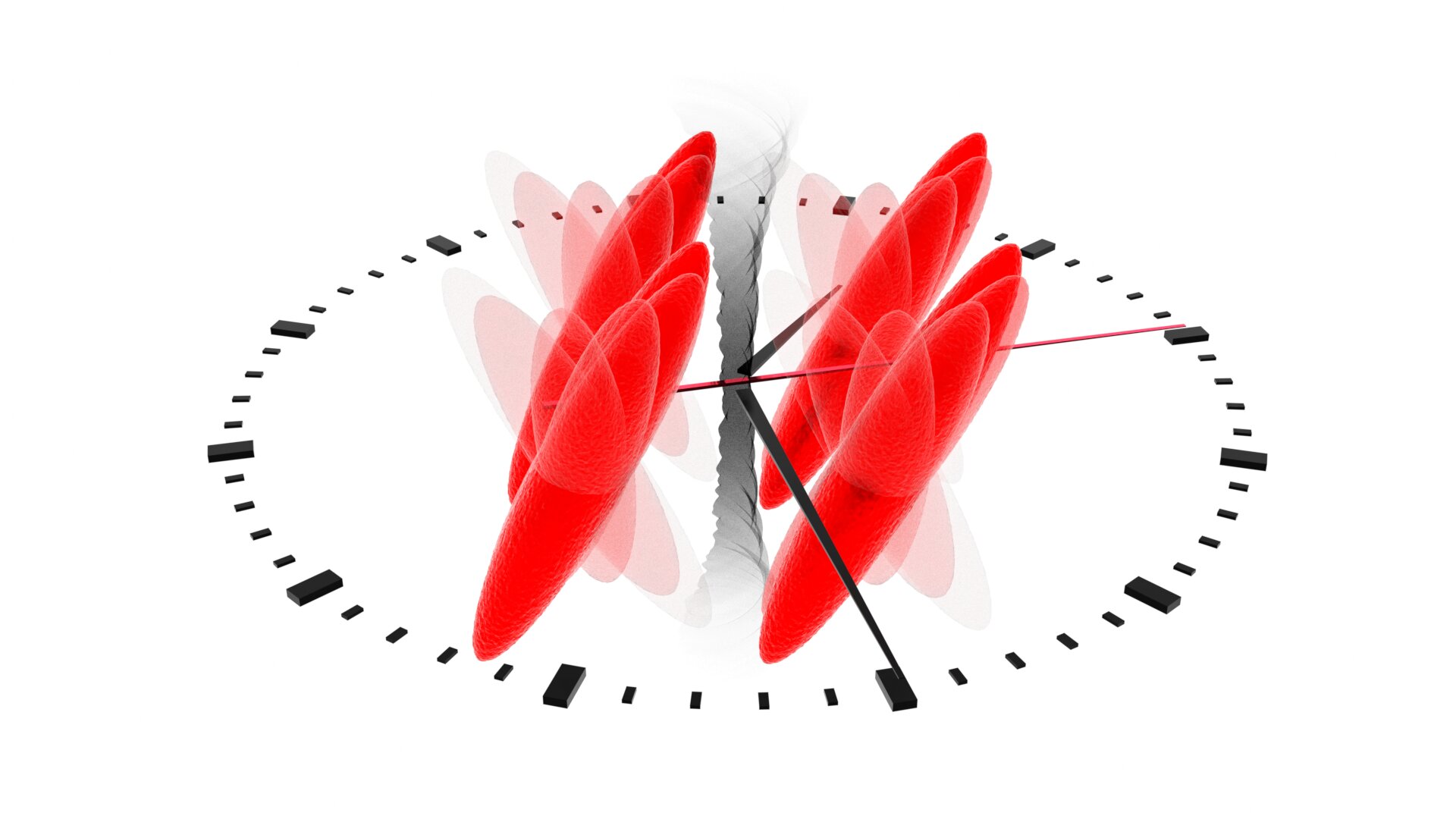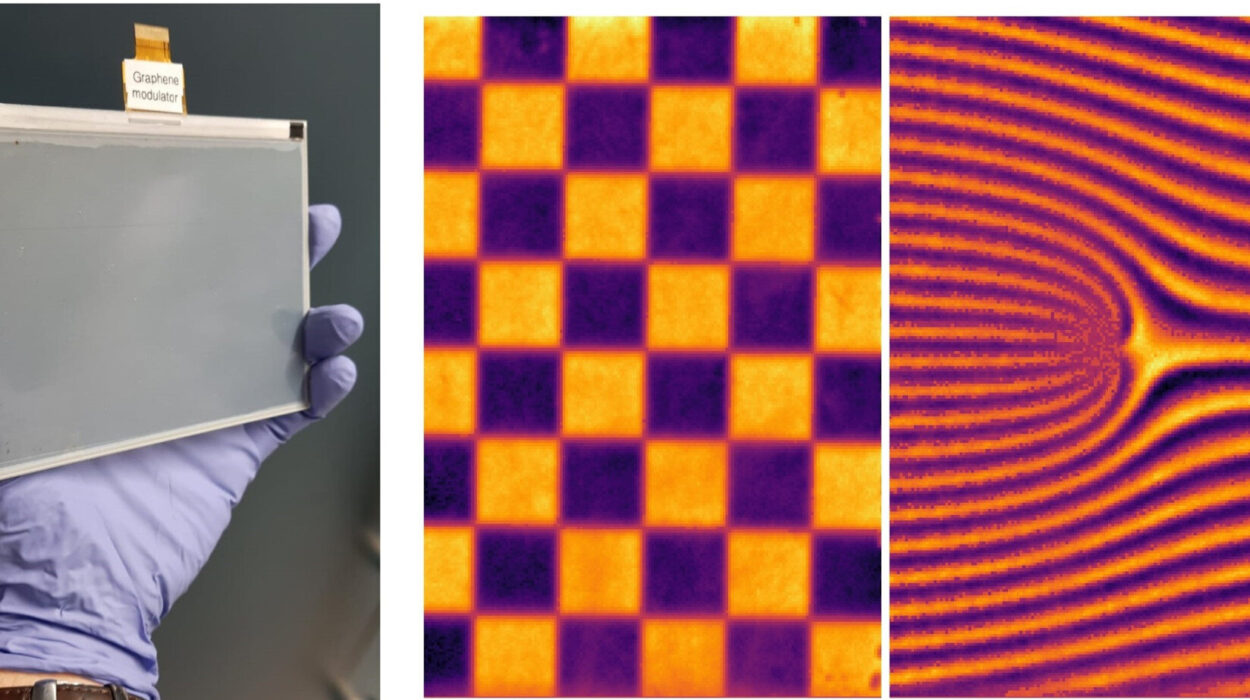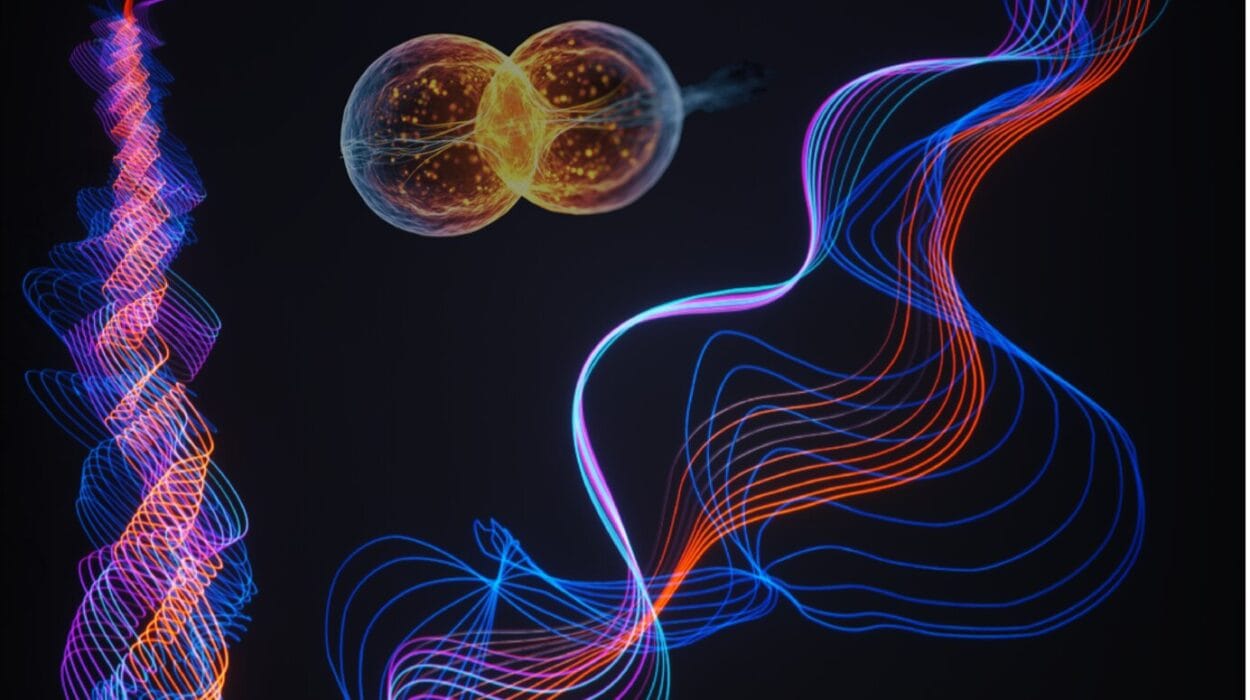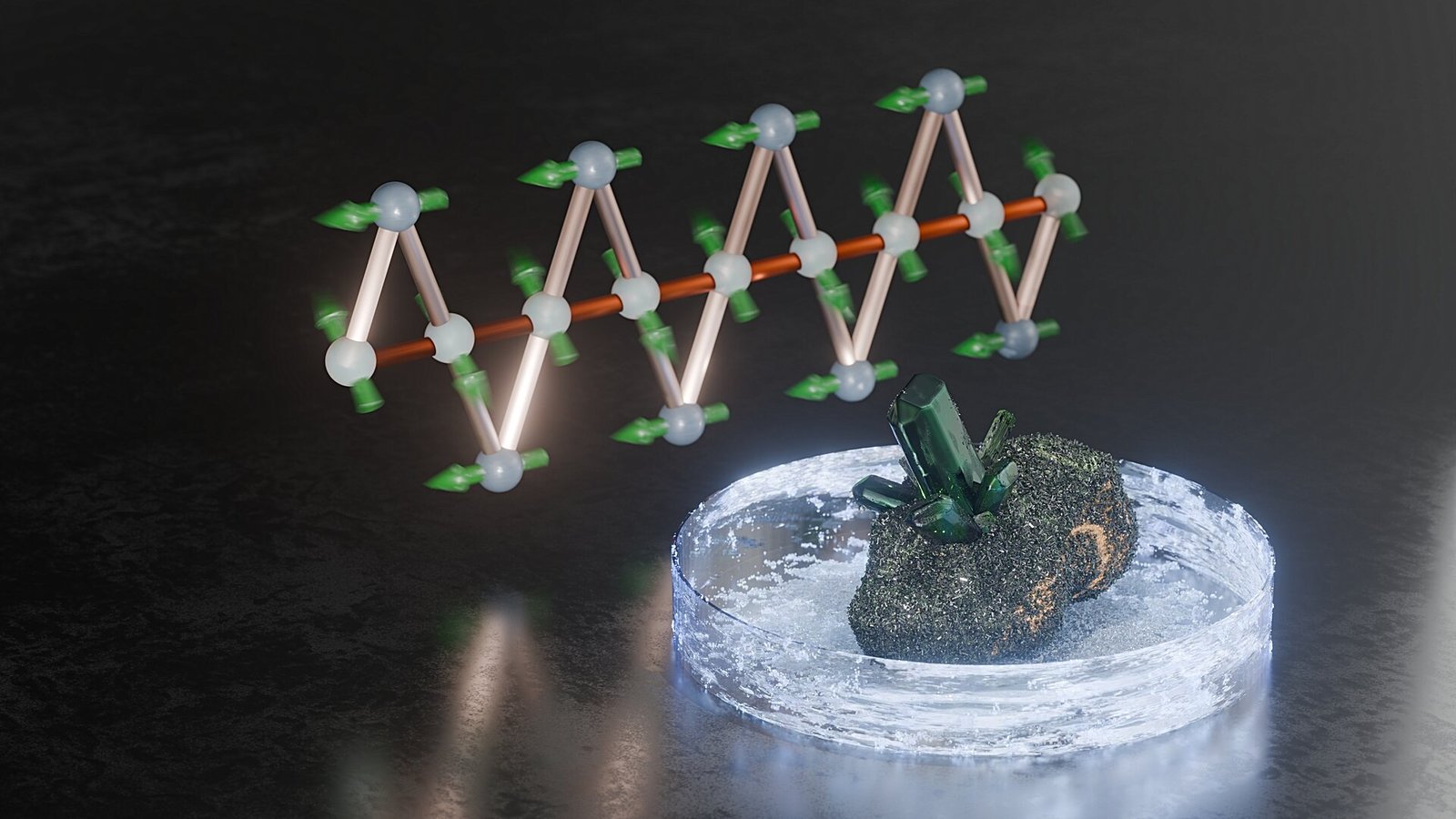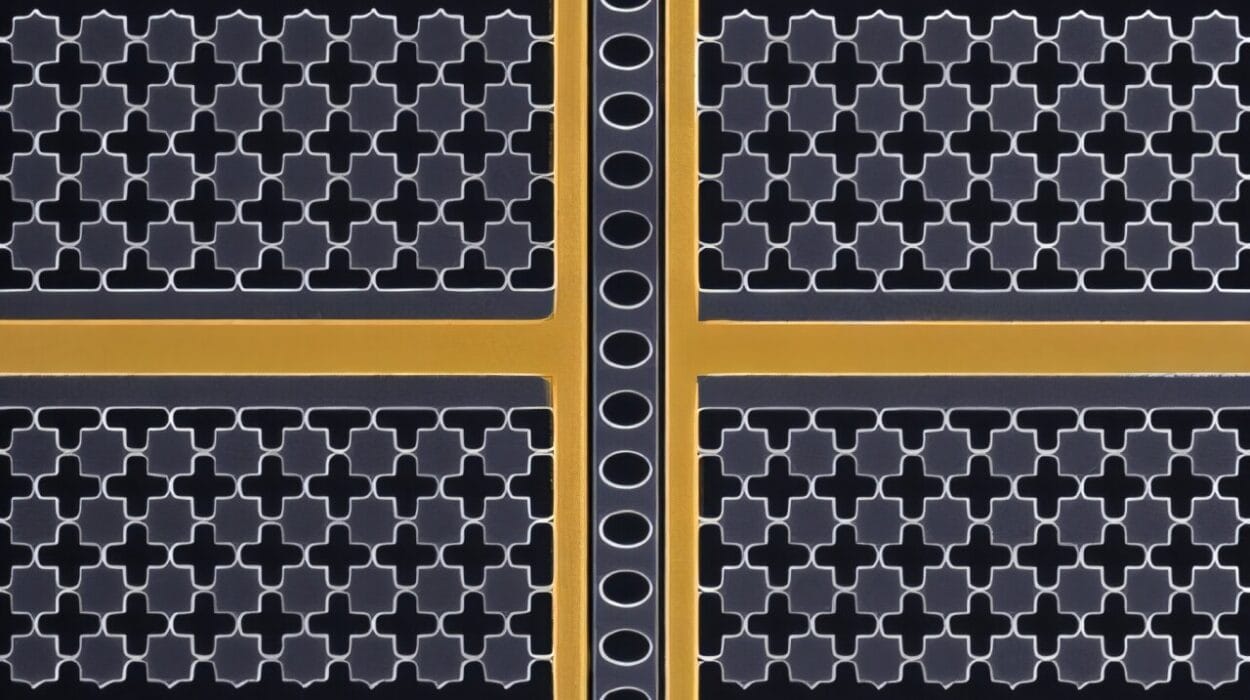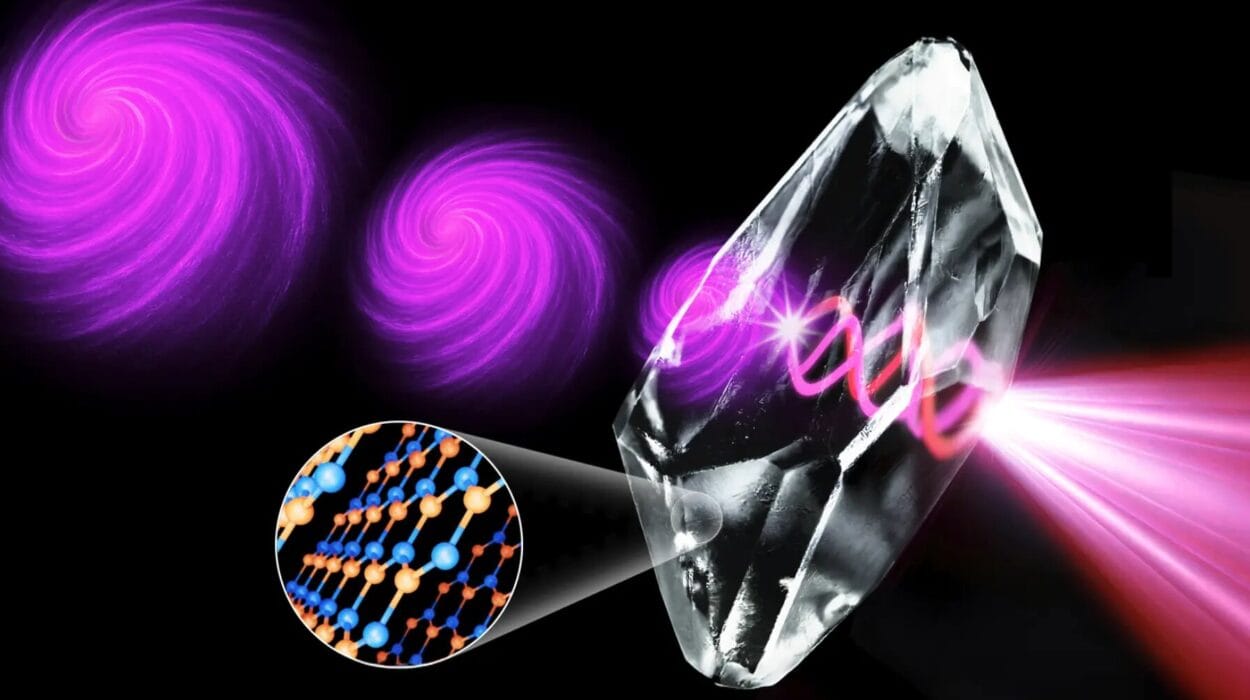Most states of matter obey a kind of loyalty: a solid holds shape, a fluid flows, and a superfluid flows without friction. A supersolid breaks that truce. It is rigid like a crystal and yet flows like a superfluid. It stands still and moves at once. For decades it lived only as a theoretical curiosity, a paradox that physics could write but not build. Only recently did researchers tame dipolar quantum gases — atoms cooled so close to absolute zero that their behavior is ruled by quantum mechanics rather than classical intuition — into forming this hybrid state.
But discovering a supersolid was only the beginning. The deeper question was not simply what a supersolid is, but how its two natures — solidity and frictionless flow — interact when pushed out of equilibrium. What happens when you force it to rotate? Does the crystal spin? Does the superfluid ignore the motion? Or does something entirely new emerge?
A team led by Francesca Ferlaino at the University of Innsbruck set out to find out. Their results, now published in Nature Physics, show that supersolids do not just rotate — they synchronize. They fall into rhythm the way fireflies synchronize their flashes and pendulum clocks synchronize their ticks, but here the synchronization happens in a realm where matter is granular and wave-like at the same time.
A Crystal That Revolves as if It Were Fluid
The Innsbruck team created a supersolid from ultracold dysprosium atoms: a gas chilled billions of degrees below room temperature until it condenses into quantum droplets arranged like a crystal, with a superfluid threading between them like invisible glue. Then they rotated the entire system using an exquisitely tuned magnetic field.
Each droplet did not tumble wildly. It precessed — gently swiveling like a tilted spinning top — and all the droplets did so together, following the rotation of the external field. The superfluid around them flowed so smoothly it offered no resistance. At first, the solid and fluid components moved together without conflict, as though two incompatible personalities had reached a pact.
Then something dramatic happened.
When a quantum vortex — a microscopic whirlpool of the superfluid — formed and pierced the supersolid, the entire structure locked into rhythm with the applied field. The crystal lattice and the superfluid circulation began to move in synchrony, as though the system had discovered a beat it was born to follow.
Nothing about that behavior was guaranteed. A supersolid could have slipped or twisted chaotically. Instead, it chose order.
Nature Finds a Beat Even in the Unthinkably Small
Synchronization is familiar in the macroscopic world. Metronomes placed on a moving board fall into unison. Heart cells pulse together without a conductor. Fireflies flash across forests in coordinated bursts of light. What was once thought to be the domain of living or mechanical systems now appears deep in quantum matter — where particles exist in superposition, where motion has wave-like character, and where intuition breaks down.
Seeing a supersolid synchronize is more than an aesthetic surprise. It gives researchers a new diagnostic tool. By watching exactly when synchronization snaps into place, they can pinpoint the critical frequency at which vortices form. That threshold — long predicted, rarely measured — is a defining feature of rotating quantum fluids. It tells physicists where the fabric of the superfluid gives way to organized circulation.
The study thus turns synchronization into an instrument — a way of extracting secrets from materials that are normally silent.
Built on Atoms Just Above Nothingness
The experiment was part sculpture, part choreography, and part surgery. Dysprosium atoms were confined in micron-scale traps and cooled to within billionths of a degree of absolute zero. At such temperatures, atoms move as collective quantum fields rather than as individuals. The team used “magnetostirring” — rotating with magnetic fields instead of physical paddles — to exert torque without contamination or noise. Simultaneously, theorists modeled the droplet array and superfluid envelope with equations designed for the riddle of two-moded matter.
When the data began to align with predictions, the experimentalists knew they were watching the physics of impossibility made visible.
From Droplets in a Trap to Mountains Inside a Star
It would be easy to dismiss a micron-scale cloud of atoms as irrelevant to the universe. But rotation and vortex formation are not small ideas — they govern matter on scales from laboratory droplets to neutron stars. Vortex pinning and unpinning are leading explanations for sudden timing “glitches” in neutron stars, where ultra-dense nuclear matter abruptly shifts rotational state.
Supersolids give physicists a tabletop version of an astrophysical puzzle. They compress something that happens in a collapsed star into a form that fits inside a glass vacuum chamber. The same principles that govern frictionless flow between droplets may echo in the crust of a star that weighs more than a Sun.
Collaboration as the Engine of New Physics
The work required the fusion of skills rarely found in isolation. Experiments were conducted in Innsbruck. Simulations were informed by theory from multiple institutions, including colleagues at the Pitaevskii BEC Center in Trento. The detectors, traps, lasers, and analysis pipelines were built and refined by hands that also thought deeply about what the signals meant.
Supersolids are not just unusual states of matter. They are proof that physics continues to find coherence where intuition predicts confusion — that even in a regime where matter is both crystal and fluid, nature tends not toward chaos but toward rhythm when the right conditions are struck. To probe such a state is to learn not only what matter can be, but how it behaves when the rules we know are forced to break and rewrite themselves in real time.
In that rewriting, the universe becomes less mysterious without becoming less astonishing.
More information: Synchronization in rotating supersolids, Nature Physics (2025). DOI: 10.1038/s41567-025-03065-7
